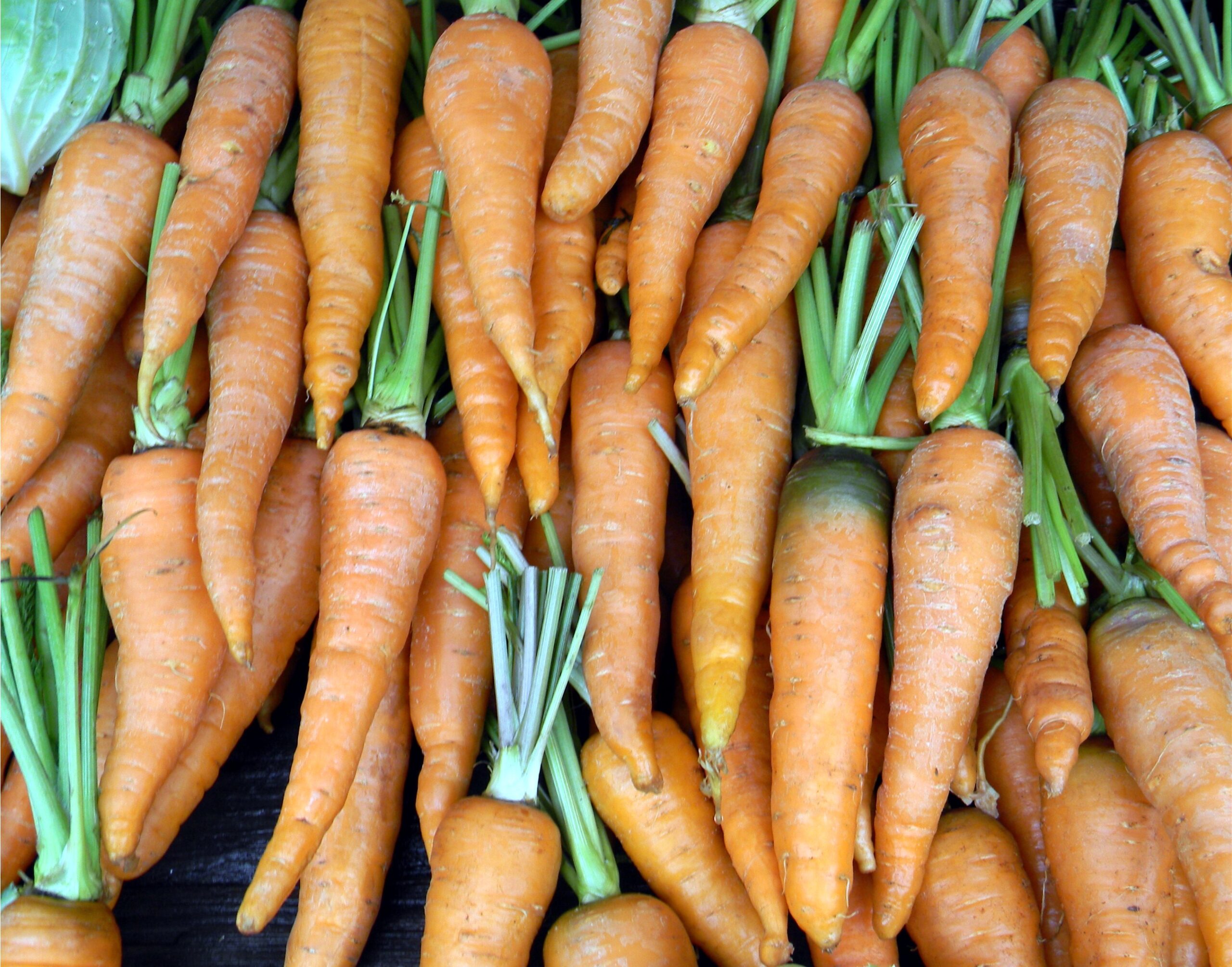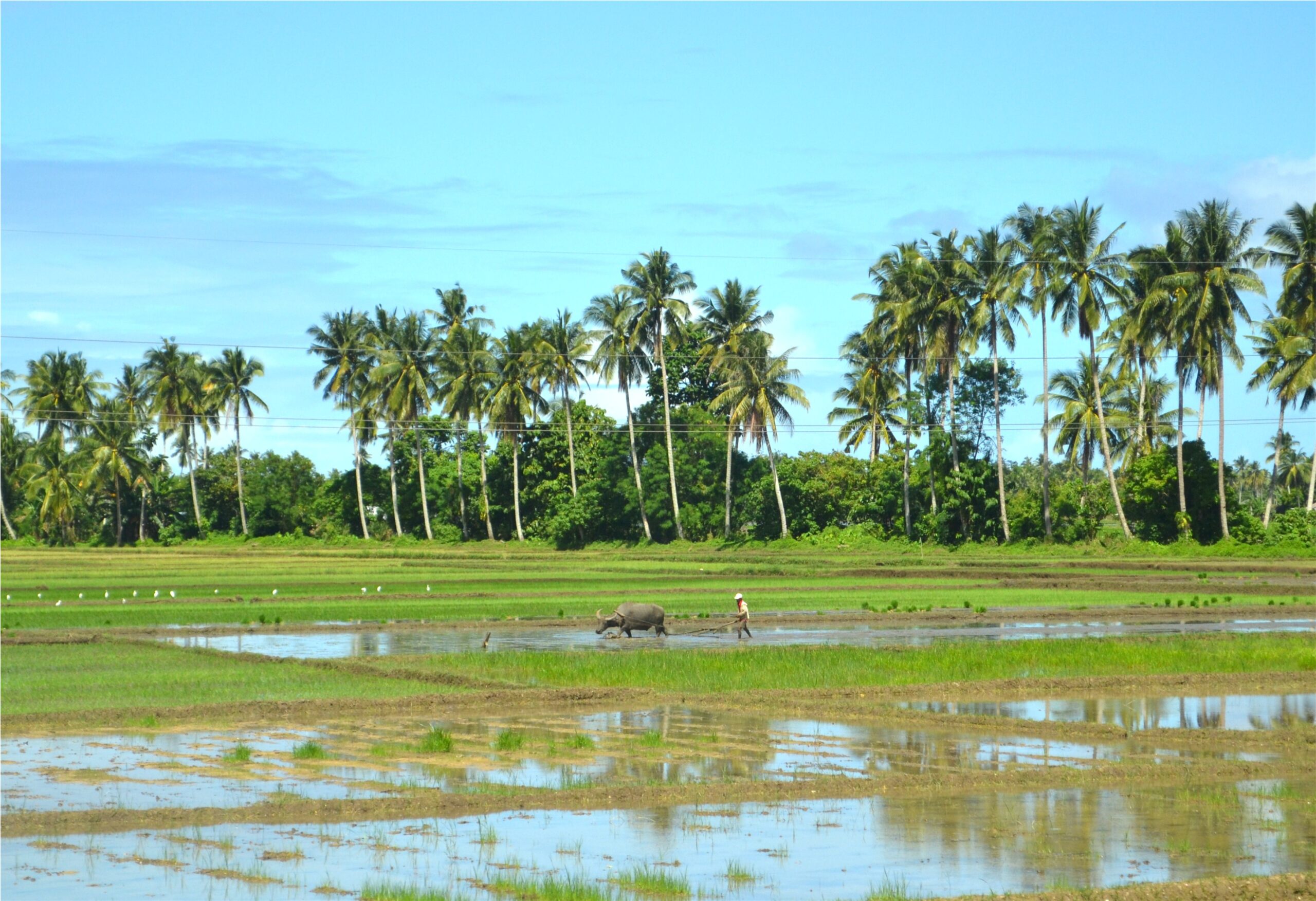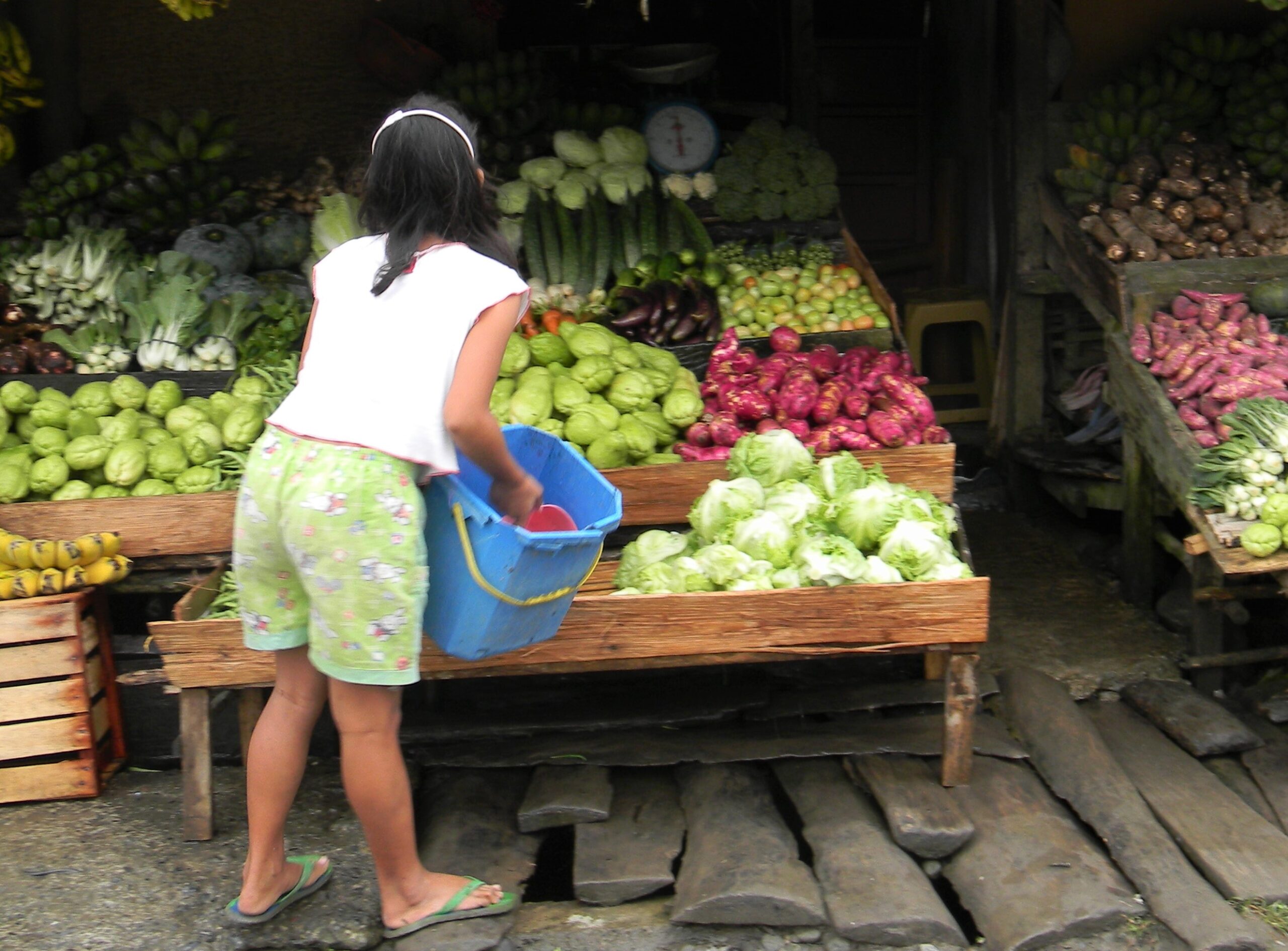Text and Photos by Henrylito D. Tacio
“As every business person or manufacturer in this country knows, smuggling is one of the most insidious banes in our economy, undermining the enterprises of legitimate importers and struggling domestic producers, and depriving the government of billions of pesos in tax revenues.” – Antonio C. Abaya
***
In a recent news report, EDGE Davao reported that the Department of Agriculture is working closely with the Bureau of Customs (BOC) to intensify the monitoring in piers and ports against agricultural smuggling.
Carrot farmers in La Trinidad, Benguet, for instance, are losing an average of P2.5 million daily since the start of 2022 because of agricultural smuggling.
“That is what the BOC and the DA are intensely looking at now in piers and ports. The smuggled crops should be confiscated and not be brought here,” Reyes said in a radio interview. “We do not issue import permits for carrots. Those are smuggled. We appeal to the traders that those acts hurt our farmers.”
In a Senate hearing, Agot Balanoy, public relations officer of the League of Association at the LA Trinidad Vegetable Trading Areas, said the volume of smuggled carrots has doubled from 20% in 2021 to 40% this year despite the claims that there are confiscations being conducted by government agencies.
Consumers prefer imported carrots because they have no tariffs, making them more affordable than homegrown ones, Reyes said. Aside from that, imported carrots are usually bigger in size. As he explained, “Consumers of course prefer these carrots but nonetheless, that is illegal. Let’s just support the crops produced by our own farmers.”
But the most smuggled crop is rice, the staple food of Filipinos.
“Obtaining greater profit” – that’s the reason why rice smuggling is a booming business in the Philippines, according to a position paper published by the Philippine Rice Research Institute (PhilRice).
“The opportunity to rake in higher profit from rice smuggling arises due to the large discrepancy between the domestic and world price of rice,” said the paper entitled “Curing the cause rather than the symptom: The case of rice smuggling.”
Smuggling, however, tends to be more rampant in markets with high import duties and quantitative or qualitative restrictions, the paper said.
“Smugglers avoid tax payments on imported rice, minimizing their costs, and giving them a price advantage over sellers who source rice locally. Therefore, smuggling undermines trade restrictions,” the paper pointed out.
Another reason why the price of rice is higher when grown in the country is because of the relatively higher cost of producing rice. Although the Philippines produces almost the same paddy rice yield as those in some neighboring Asian countries, it spends more on producing it.
How rampant is agricultural smuggling in the Philippines? A publication published by the Laguna-based Southeast Asian Regional Center for Graduate Study and Research in Agriculture (SEARCA) estimated that the value of smuggling in the country was about US$10 billion. And this was twenty-two years ago yet!
“Smuggling results in a negative net effect on society,” the SEARCA publication stated. “Smuggling reduces the revenue that the government can generate. The entry of cheaper-priced smuggled goods reduces the competitive advantage of local producers; hence, the capacity of the domestic economy to generate more employment is adversely affected.”



There are many ways of skinning a cat, and so there are many ways of smuggling too. In agricultural smuggling, most smugglers resort to what is known as technical smuggling. “(It) involves the use of legal trade channels in bringing the goods into the country, but several forms of manipulations are employed to evade paying correct duties.”
Some forms of manipulation include misdeclaration, undervaluation, misclassification, and fake delivery documentation.
The SEARCA publication shares the following information: “Misdeclaration is done by presenting falsified customs declaration primarily to avoid paying higher duties. This is done by declaring a different and lower value product than the actual imported item. For example, this happens when the shipment declares that it contains fish when, in fact, it contains chicken, which has a higher value and, therefore, commands a higher tariff.
“Undervaluation, on the other hand, involves declaring the correct product but the value is lower than the actual value such that the amount of duties to be paid is, again, lower. The authenticity of the receipts, or the possibility of obtaining receipts other than the actual one for the true shipment, is an issue in undervaluation.”
Some people are wondering why it is hard for the port personnel to detect if agricultural commodities are being imported into the country because they are carried in refrigerated vans, unlike manufactured goods and appliances that are put in ordinary container vans.
“Even then, a lot of agricultural commodities have been reported to have come into the country undetected by proper authorities and are, therefore, considered smuggled,” the research team wrote.
The research team that conducted the study were Dr. Prudenciano U. Gordoncillo (team leader), Dr. Cesar B. Quicoy (assistant team leader), Prof. Julieta A. Delos Reyes (field coordinator), and Dr. Arvin B. Vista (database administrator). All were from the Department of Agricultural Economics, College of Economics and Management at the University of the Philippines at Los Baños.
The agricultural commodities that were included in the study were milled rice, refined sugar, beef, dry onion, pork, chicken meat, ginger, and carrot.

